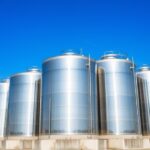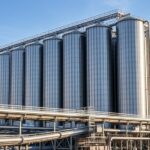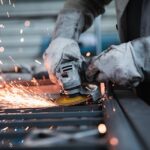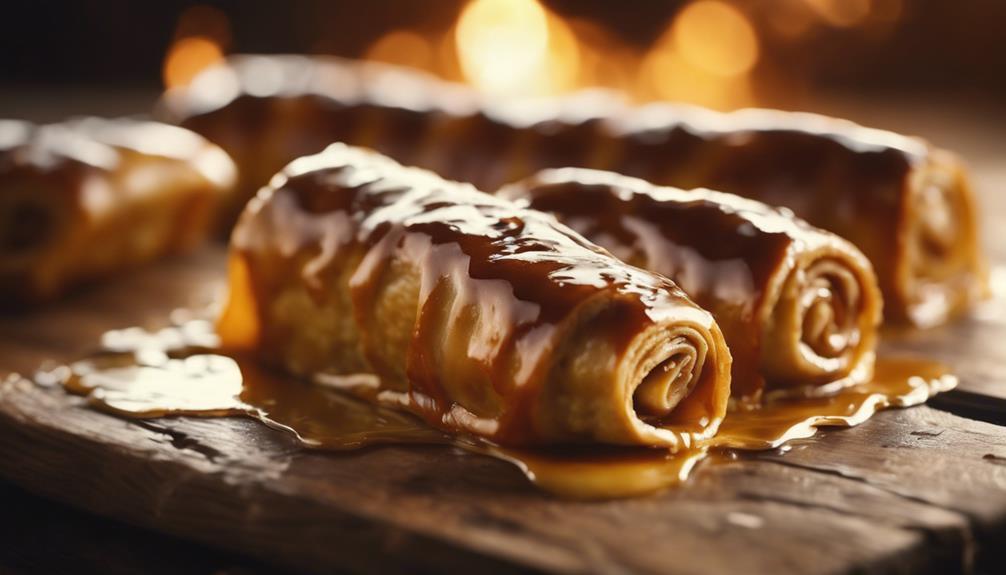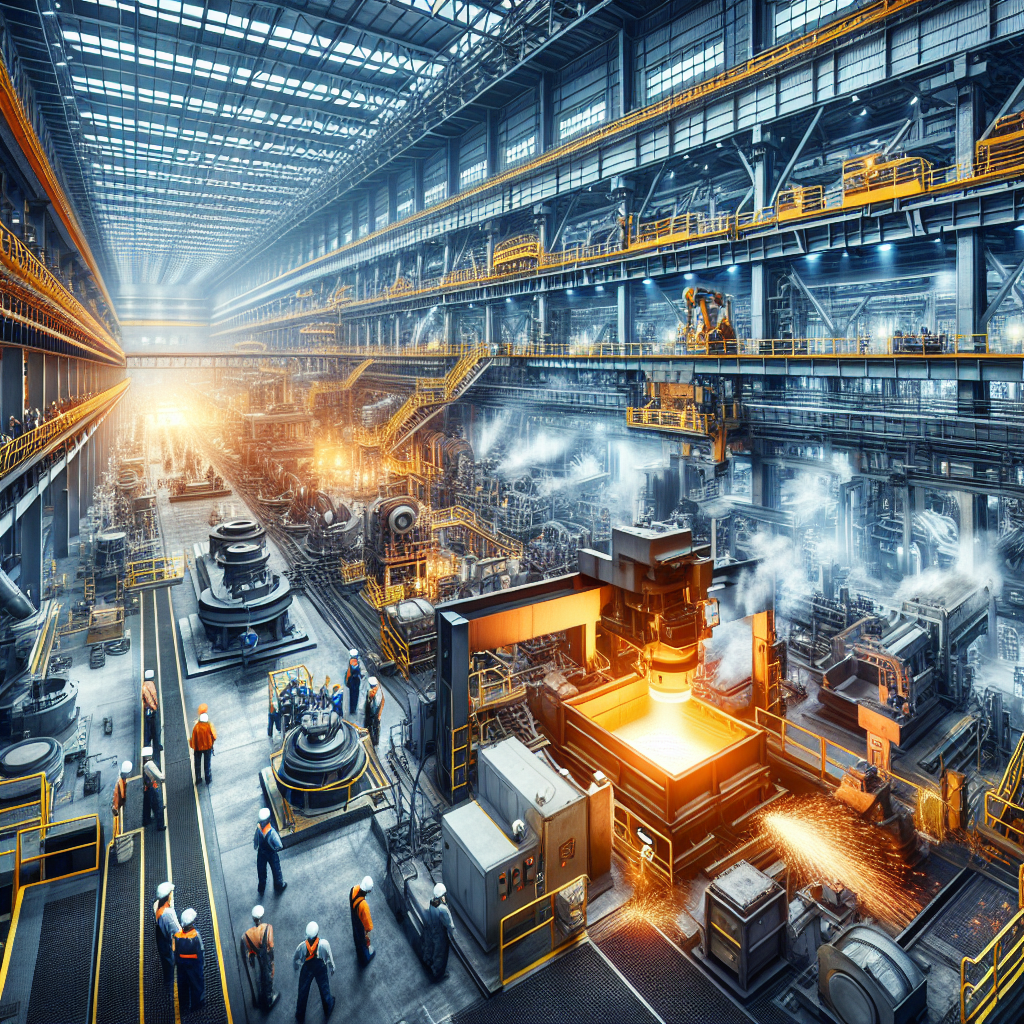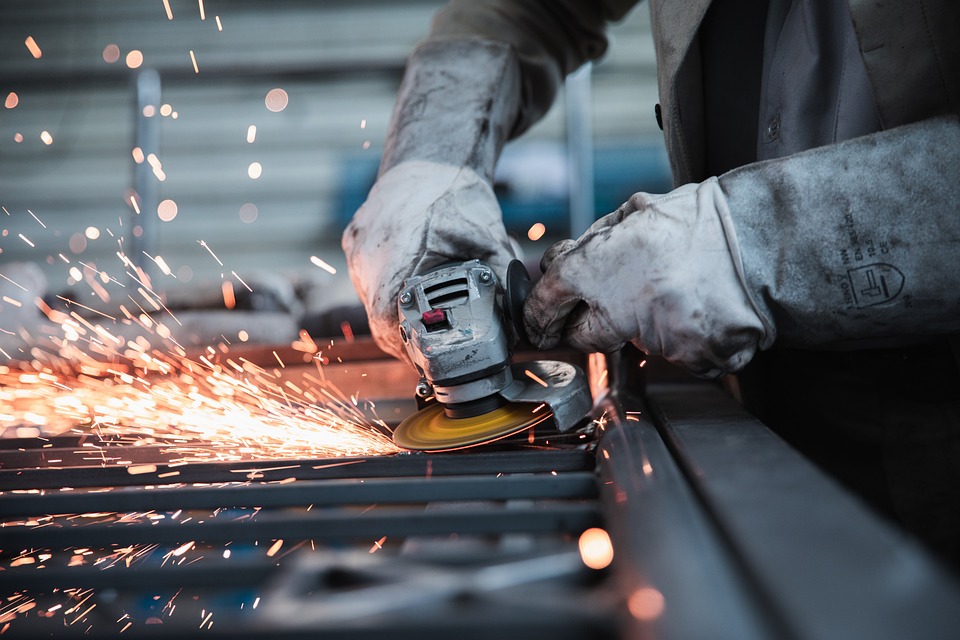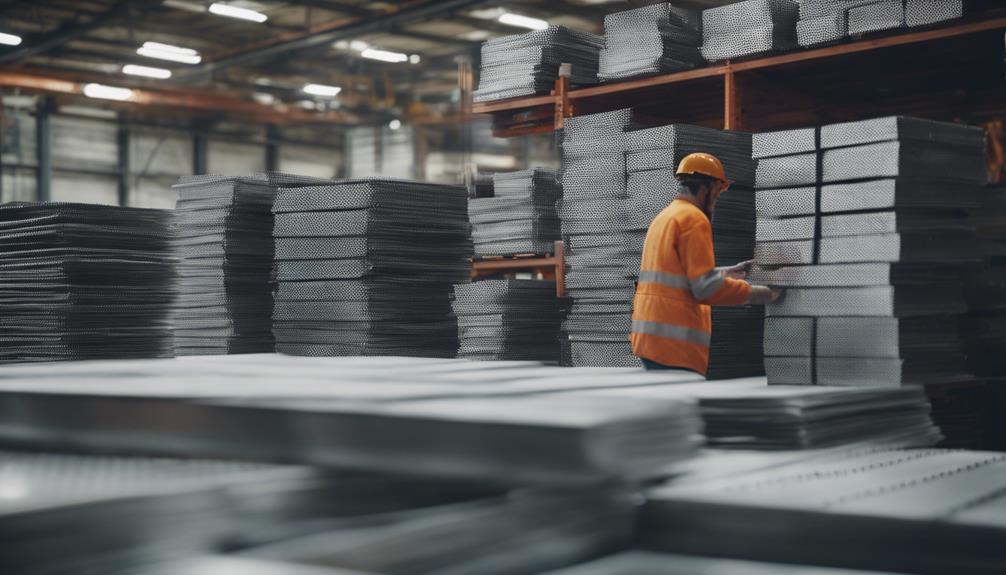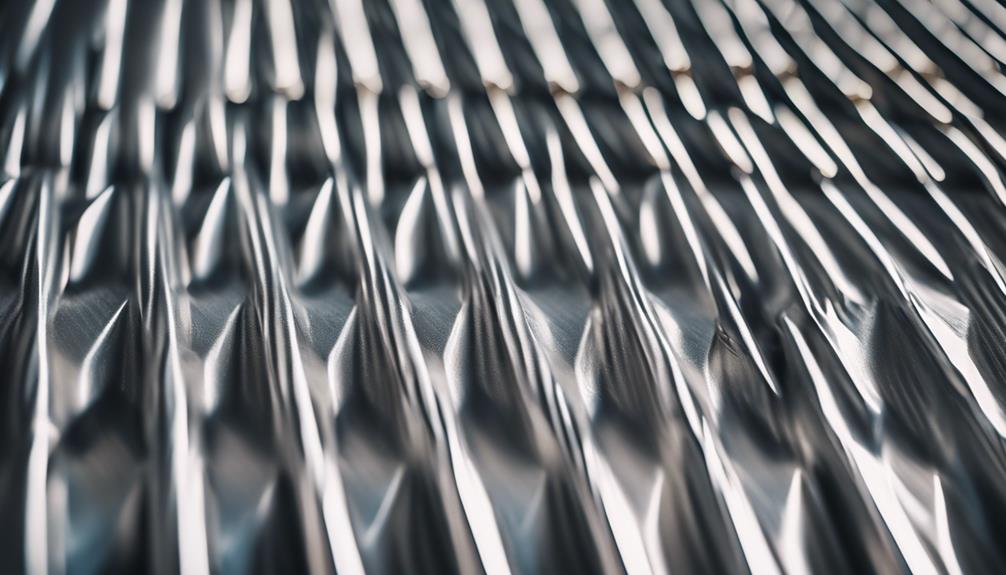Hot roll sheet, with a low carbon composition of .10 max, offers enhanced welding and forming processes, preventing brittleness and cracking, and boasting a smooth surface finish while adhering to ASTM A1011 standards. Commonly used in construction, automotive, machinery fabrication, and home improvement sectors, this material is lauded for its versatility and durability. Thickness options ranging from 16 Ga. to 7 Ga. guarantee suitability and impact performance in various projects, catering to different requirements with guaranteed strength and durability. Further details on its applications and benefits are available in the complete research.
Key Takeaways
- Low carbon composition of .10 max for improved welding and forming processes.
- Smooth surface finish prevents brittleness and cracking.
- Conforms to ASTM A1011 standards for quality assurance.
- Commonly used in construction, automotive, machinery, and home projects.
- Available in various thickness options from 16 Ga. to 7 Ga. for versatile applications.
Benefits of Hot Roll Sheet
What advantages does Hot Roll Sheet offer in welding and forming applications? Hot Roll Sheet's low carbon composition of .10 max makes it particularly well-suited for improved welding and forming processes. The low carbon content helps prevent brittleness and cracking during welding, enhancing the overall weldability of the material. Additionally, the smooth surface finish of Hot Roll Sheet lends itself well to a variety of applications such as tanks, barrels, brackets, gussets, and farm implements. This combination of low carbon content and smooth surface finish not only conforms to ASTM A1011 standards for quality and consistency but also makes Hot Roll Sheet a preferred choice for various welding and forming projects.
Common Applications
Hot Roll Sheet finds extensive application across various industries, serving as a versatile and durable material for a wide range of structural and fabrication needs. In the construction industry, hot roll sheet is commonly used for tanks, barrels, gussets, and farm implements. It also plays an important role in the manufacturing of brackets, chassis, and body panels in the automotive sector. Additionally, hot roll sheet is frequently utilized in the fabrication of machinery, equipment, pipelines, and storage tanks due to its strength and durability. Homeowners and DIY enthusiasts appreciate this material for various projects and home improvements because of its versatility and ease of shaping. The smooth finish of hot roll sheet makes it suitable for applications requiring a robust and reliable material.
Surface Characteristics
With a smooth surface finish ideal for a variety of applications, hot roll sheet stands out for its low carbon content, making it well-suited for improved welding and forming processes. The maximum carbon content of 0.10 guarantees that the surface of hot roll sheet provides the necessary characteristics for welding and forming without compromising its quality. This type of sheet metal, produced through a hot rolling process, offers a thin and flat steel sheet that is easy to manipulate. It conforms to ASTM A1011 standards, ensuring consistent properties. The versatility of hot roll sheet, along with its durability, strength, and ease of fabrication, makes it a popular choice across various industries for a wide range of projects.
Painting Considerations
Considering the slightly grainy surface of hot roll sheet, painting this material offers an opportunity to enhance its appearance and provide added protection from corrosion. Hot roll sheet's surface finish promotes paint adhesion and coverage, making it conducive to various painting techniques and coatings. Proper surface preparation is essential before applying paint to hot roll sheet to guarantee a durable and long-lasting finish. Different types of paints and coatings can be used on hot roll sheet to meet specific aesthetic and functional requirements. By painting hot roll sheet, not only can its visual appeal be improved, but it can also benefit from increased resistance to corrosion, extending its lifespan and maintaining its quality over time.
Thickness Options Available
To fully understand the practical implications of utilizing hot roll sheet, one must first grasp the diverse thickness options available. Hot rolled steel offers thickness ranges from 16 Ga. to 7 Ga., covering dimensions from 0.06 to 0.188 inches. These variations in thickness cater to different project requirements and applications, allowing for a wide range of possibilities in construction and manufacturing. The process of metal rolling at specific thickness levels guarantees that hot roll sheet meets the necessary standards for strength, durability, and suitability for specific uses. Selecting the appropriate thickness is vital as it directly impacts the performance and functionality of the hot roll sheet in various fabrication processes.
Versatility in Fabrication
What makes hot roll sheet a versatile choice for fabrication projects? Hot roll sheet, a type of low carbon steel with a smooth finish, is highly adaptable for an array of applications such as tanks, barrels, brackets, gussets, and farm implements. This material adheres to ASTM A1011 standards, ensuring consistent quality in fabrication projects. Its improved welding and forming capabilities allow for easy customization to suit specific project requirements. Additionally, hot roll sheet is available in various sizes and gauges, providing flexibility in shaping and forming processes. Opting for stock size pieces can also enhance cost-effectiveness by offering discounted prices per pound compared to processed material. These characteristics collectively contribute to the versatility of hot roll sheet in fabrication projects.
Equipment Panel Uses
Hot roll sheet serves as a versatile material for constructing equipment panels due to its smooth surface finish and low carbon composition. The material's low carbon content enhances its weldability and formability, making it well-suited for equipment panel fabrication. Hot roll sheet is frequently utilized in the construction of equipment panels due to its improved weldability and machinability, allowing for efficient assembly processes. Its durability and strength also contribute to its popularity in meeting various equipment panel needs. This material is commonly chosen for equipment panels as it offers a combination of favorable characteristics, including a smooth surface finish, low carbon composition, and the ability to withstand the demands of equipment panel applications.
Tool Box Applications
Steel tool boxes find widespread use across various industries due to their durability and strength, making hot roll sheet a preferred material choice for their fabrication. Hot roll sheet, also known as mild steel, is valued for its low carbon content, which not only makes it cost-effective but also easy to work with. The smooth finish of hot rolled sheet is perfect for painting tool boxes, providing a clean and professional appearance. Tool boxes made from hot roll sheet are not only resistant to corrosion but also capable of withstanding heavy-duty use, ensuring longevity and reliability. Additionally, the ease of forming hot roll sheet allows for the creation of custom tool box designs tailored to specific requirements.
Project Requirements and Reliability
With a focus on meeting project specifications and ensuring dependable performance, the evaluation of project requirements and reliability is paramount in the selection of materials. Hot roll sheet, known for its low carbon .10 max steel composition, offers a smooth finish, making it ideal for welding and forming applications. This carbon steel product conforms to ASTM A1011 standards, guaranteeing quality and reliability in various projects. Commonly utilized in tanks, barrels, brackets, gussets, and farm implements, hot roll sheet provides versatility and durability. Available in a stock size of 60 by 120 inches, it presents a cost-effective solution with discounted pricing per pound compared to processed materials. Consider incorporating hot roll sheet to meet your project demands efficiently.
Frequently Asked Questions
What Is Hot Roll Sheet?
Hot Roll Sheet is a low carbon steel used for improved welding and forming applications. It possesses a smooth surface finish, making it ideal for tanks, barrels, brackets, gussets, and farm implements. This material conforms to ASTM A1011 standards, ensuring quality and performance.
What Is the Difference Between Hot Rolled and Cold Rolled Sheets?
Hot rolled sheets are produced at high temperatures, offering easier shaping capabilities but resulting in a scaled surface. In contrast, cold rolled sheets are processed at room temperature, providing smoother finishes and tighter dimensional tolerances for applications requiring precision and smoothness.
What Is the Difference Between Hot Rolled and Cold Rolled Body Panels?
The difference between hot rolled and cold rolled body panels lies in their manufacturing processes. Hot rolling involves shaping at high temperatures for increased ductility, while cold rolling at room temperature results in a smoother finish but less malleability. Each suits specific applications based on requirements.
What Is the Difference Between Hot Rolled and Cold Rolled Griddle?
Hot rolled griddles are processed while hot, resulting in a rough finish, whereas cold rolled griddles are produced at room temperature with a smoother finish. The choice between them depends on the application's needs and desired surface quality.


